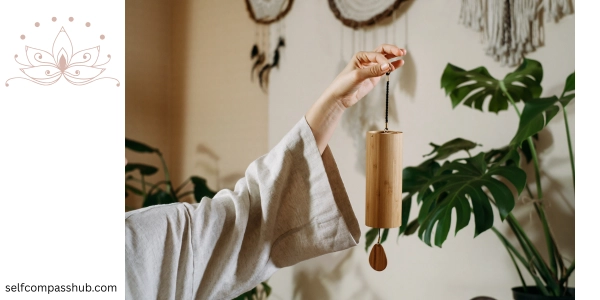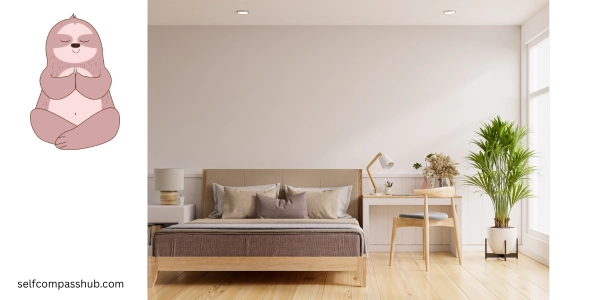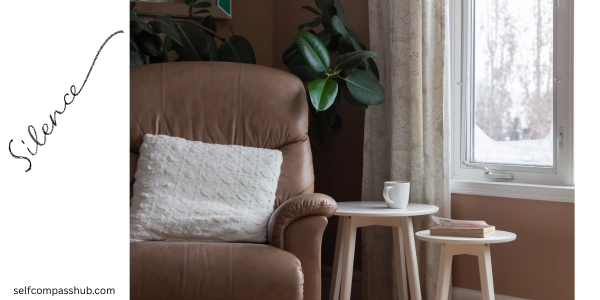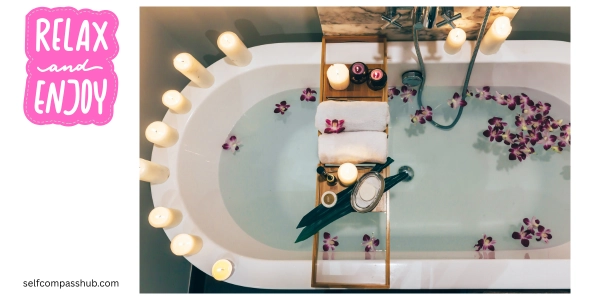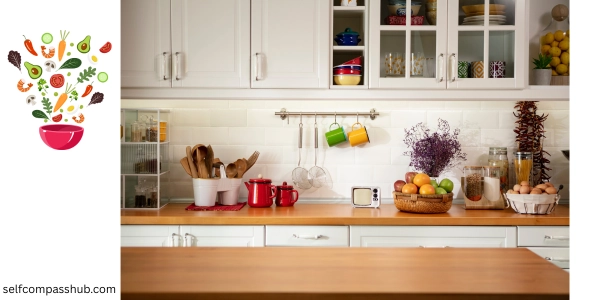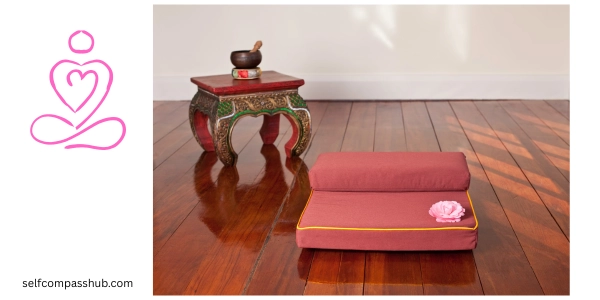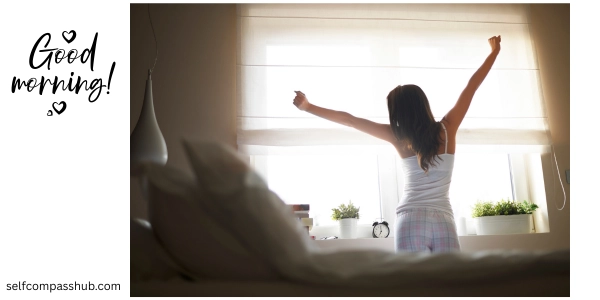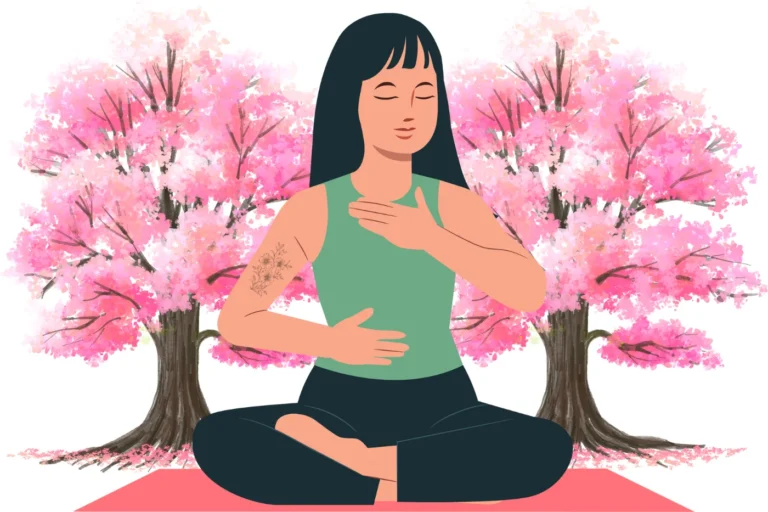In our fast-paced world filled with constant notifications, work pressures, and social demands, having a personal sanctuary at home isn’t just a luxury – it’s essential for wellbeing.
A healing space gives you room to breathe, reflect, and replenish your energy. This post explores how to transform your living environment into a restorative haven that supports your mental, emotional, and physical health.
Why Create a Healing Space?
Our surroundings profoundly impact our state of mind. Research shows that our physical environment directly affects stress levels, sleep quality, and even immune function.
When we create intentional spaces for restoration, we give ourselves permission to slow down and reconnect with what matters most – our inner peace and wellbeing.
“Your home should be the antidote to stress, not the cause of it.” – Peter Walsh
The Elements of a Healing Space
Natural Light
Natural light regulates our circadian rhythm and boosts vitamin D production and mood. To maximize it:
- Keep windows clean and curtains open during daylight hours
- Use sheer curtains that provide privacy while allowing light through
- Position mirrors strategically to reflect light into darker corners
- For rooms with limited natural light, consider full-spectrum light bulbs that mimic sunlight
Bringing Nature Indoors
Biophilic design – incorporating natural elements into our living spaces – has been shown to reduce stress and improve cognitive function:
- Add houseplants that purify air (snake plants, peace lilies, pothos)
- Display natural materials like wood, stone, and cotton
- Incorporate water elements like a small tabletop fountain
- Use nature-inspired patterns and textures in your décor
Color Psychology
Different colors evoke different emotional responses:
- Blues and greens: Calming, restorative, connected to nature
- Soft neutrals: Create space and airiness
- Warm earthy tones: Grounding and secure
- Pastels: Gentle and uplifting without overwhelming
Consider painting a feature wall or adding color through cushions, throws, and artwork.
Sound Management
Create an acoustic environment that promotes peace:
- Use soft furnishings to absorb sound
- Consider a white noise machine or air purifier for gentle background noise
- Create a calming playlist of nature sounds, instrumental music, or meditation tracks
- Identify and minimize sources of irritating noise (fix that dripping faucet!)
Mindful Decluttering
Physical clutter creates mental clutter:
- Start small – tackle one drawer or surface at a time
- Keep only items that are useful, beautiful, or meaningful
- Create simple organization systems that are easy to maintain
- Regular “reset” sessions to maintain order (even 10 minutes daily helps)
Meaningful Objects
Surround yourself with items that spark joy or carry positive associations:
- Family photos that evoke happy memories
- Art that inspires or soothes you
- Items from nature like special stones or shells
- Objects that represent personal achievements or meaningful relationships
Comfortable Textures
Our sense of touch powerfully affects our comfort level:
- Layer soft textiles like wool, cotton, and linen
- Include different textures for sensory richness – smooth, rough, silky
- Keep extra blankets within reach
- Choose furniture that truly supports your body
Creating Healing Spaces Room by Room
The Bedroom: Your Sleep Sanctuary
Your bedroom should be dedicated to rest and intimacy:
- Keep technology out or at least 30 minutes before sleep
- Choose a color palette that feels restful to you
- Invest in quality bedding that feels good against your skin
- Consider blackout curtains for better sleep quality
- Keep the space clutter-free, especially around the bed
- Use essential oils like lavender on your pillow
The Living Room: Connection and Relaxation
Create zones within your living space:
- A comfortable conversation area that encourages connection
- A reading nook with good lighting and a supportive chair
- Clear pathways that allow energy to flow
- Plants that add life and purify air
- Limited technology, or designated technology-free times
The Bathroom: Personal Spa Experience
Transform even a small bathroom into a spa-like retreat:
- Keep surfaces clear of clutter
- Add plants that thrive in humidity (aloe, bamboo, orchids)
- Store plush towels within reach
- Use natural cleaning products with pleasant scents
- Consider a shower diffuser for aromatherapy
- Keep a basket of bath salts, face masks, and other self-care items
The Kitchen: Nourishment Center
Make your kitchen a place that supports mindful eating:
- Clear countertops to make healthy food preparation easier
- Display fruits and vegetables beautifully
- Organize tools and ingredients for intuitive cooking
- Add herbs in pots for freshness and fragrance
- Create a dedicated tea/coffee station for mindful morning rituals
Creating a Meditation Corner
Even a tiny space can become a meditation spot:
- Choose a quiet corner with minimal traffic
- Add a comfortable cushion or chair
- Include a small table or shelf for a candle, meaningful object, or timer
- Consider a beautiful fabric or screen to visually separate the space
- Keep a journal and pen nearby to record insights
Daily Practices for Your Healing Space
A healing space supports healing practices:
Morning Rituals
- Start with a moment of gratitude before leaving your bed
- Open curtains to welcome natural light
- Hydrate mindfully, noticing the sensation of water
- Light stretching in your dedicated movement space
- Journaling at a clean, welcoming surface
Evening Wind-Down
- Dim lights 1-2 hours before bed to signal your body
- Electronics-free time (substitute with reading, gentle stretching, or conversation)
- Light a candle during your skincare routine
- Five minutes of reflection or meditation
- Reading something inspiring before sleep
Weekly Maintenance
- Refresh plants and flowers
- Quick decluttering sessions
- Launder bed linens
- Clean surfaces with natural products
- Adjust elements based on the season and your needs
Conclusion: Your Space, Your Sanctuary
Creating a healing home environment isn’t about achieving perfection or following rigid rules. It’s about thoughtfully designing spaces that support your wellbeing and help you return to center during life’s challenges.
Start with small changes in the areas where you spend the most time, and gradually extend your healing-focused design throughout your home.
Remember that your healing space will evolve as you do. What feels restorative during one period of your life might change in another. The most important aspect is creating awareness about how your environment affects you and making conscious choices to support your healing journey.
What one small change will you make today to create more healing energy in your home?

